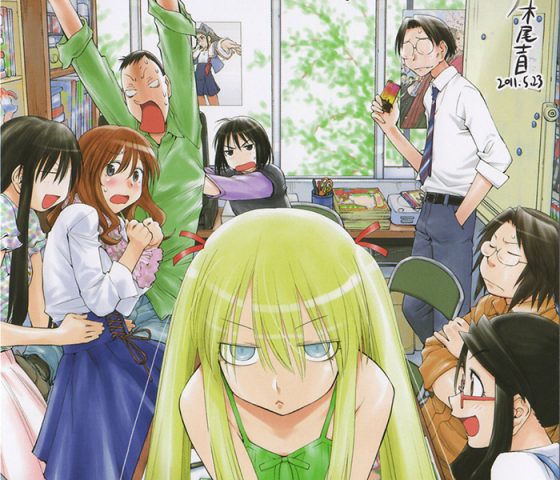
The whole anime experience has changed dramatically in modern times. Beyond the shift to streaming and the sheer number of titles that get released each season, auxiliary websites have also grown in prominence. While these sites definitely have their benefits, especially the raw data they provide for research purposes and are a general reflection of the rise of anime as a whole, they are not without their issues. Today we’ll be discussing some weak points as well as possible solutions.
Ratings & Reviews
Rating the quality of things is always fraught with issues, especially when it comes to overtly subjective things like art and entertainment, and using number-based scoring systems exasperates these problems even further. Anime is no exception. While people like numbers for a quick way to understand an anime’s general quality, different people have different standards and preferences for not only what they value in a show but also how they interpret scores. 5/10 “should” be average but for many people, it means the show must be trash. It obviously is also weird to be comparing, say, Hunter x Hunter and Clannad ~After Story~ using some arbitrary number scale of quality since those anime have different artistic goals, intended audiences, etc.
Beyond that, and we’re talking specifically about user-created reviews and scores on big websites like MyAnimeList and Anime-Planet, there are a number of other issues. Only a tiny percentage of visitors to these websites even bother leaving reviews or scores and those that do are often impassioned fans or haters without much nuance, which means you’re getting information from a small and unreliable source that is trying to score something already inherently subjective. There are also issues with herd mentality, fake users—or other score manipulation—genre and recent-anime bias, as well as demographics (for example, MAL says their visitors are 75% male and ~30% are from the United States).
All that being said, it’s hard to find a real solution to this although removing number scores in favor of something that is more based on individual qualities might be a step forward. We were also glad to see some sites tackling fake reviews and scores like MAL with their February 2020 score recalculation and purge of many fake accounts.
Non-Japanese Animation
This might be more of a nitpick to some, but the way many of these websites handle non-Japanese animation is bafflingly inconsistent. This gets tangled up in the tired “what is anime?” debate but the short of it is that over half of the bigger websites, including MAL, Anime-Planet, and AniList, have started including Chinese and Korean animation in their databases but leave out other anime-influenced shows like Powerhouse Animation Studios’ Castlevania series and, of course, Avatar: The Last Airbender. Even stranger are omissions like Reddo Tātoru: Aru Shima no Monogatari (The Red Turtle) which was literally a Studio Ghibli co-production involving Isao Takahata and Toshio Suzuki.
The way we see it, either these websites should be strict about ONLY featuring Japanese anime like Anime News Network or take the approach of “Japanese-style” animation and include more/all non-Japanese animation done in anime style. We’d also argue that this is not a trivial decision as these websites are a huge part of how people discover shows. Without going in-depth into the subject here, this is particularly questionable with regards to Chinese animation given the PRC’s policies regarding censorship and already-concerning growing influence on global media.
A Litany of Nitpicks & Blandness
Getting into smaller problems, there are a lot of little things that could probably be improved, like having dark/night website themes, better genre and demographic separation, and more consistent character and title names. That last point is particularly annoying when a series is officially localized but the website uses a different romanization.
Besides that, the main criticism is probably just the lack of specialization most of the big sites have. Obviously, this makes sense when trying to capture the biggest audience but it leaves many websites without much of a unique identity, especially for the database-centric sites which are basically interchangeable at this point. Say what you will about older anime fansites and forums, at least they usually had a strong personal feeling and style that made them unique and this specialization fostered more intimate communities. This is part of the much larger general movement away from many personal websites onto fewer larger ones that we find ourselves in today which opens up a discussion about the corporatization of the web that’s a bit beyond the scope of this article.
Final Thoughts

Although we’ve highlighted some of the issues surrounding many of the biggest modern anime websites, we want to be clear that all of the sites we’ve mentioned, and others, are also contributing a lot of great things to the modern anime experience. In any case, we think conversations like this are worth having and would love to hear your thoughts in the comments section below. Thanks for reading and be sure to stick around Honey’s for more of all things awesome, anime and otherwise! See ya~

